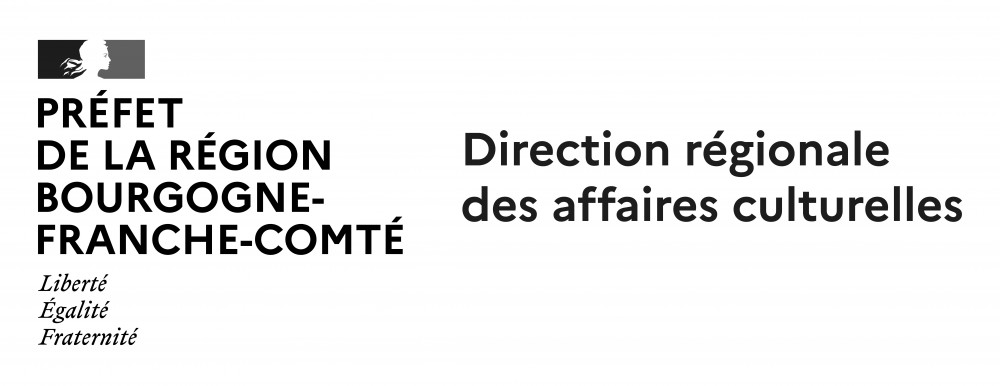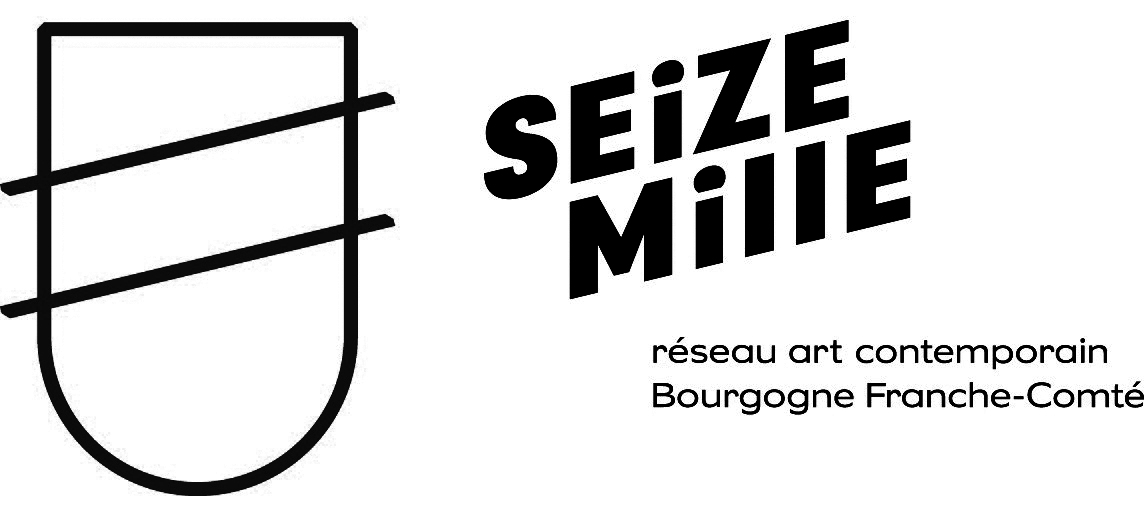Missions
Historical background
Le 19, Centre régional d’art contemporain (Crac) was founded in 1993 and opened its doors in 1995. Dedicated to the dissemination, production and mediation of contemporary art, it shares the missions of the French art centres as defined by the Ministry of Culture and Communication, and has also established itself as a place for sharing, prospecting and research.
Since 2018, the 19 has been awarded with the CACIN (Centre d’Art Contemporain d’Intérêt National) label, and belongs to the national network of DCA art centres, as well as to the regional networks Seize Mille and TRAC. It is also a member of Bla !, the national association of contemporary art mediation professionals, the national MÔM’ART association (“Musées Joyeux” network) and the regional association Une ouverture pour l’art. He is also a mediator for the Société des Nouveaux Commanditaires in the Belfort-Montbéliard urban area.
The 19 is supported by the French government, the Burgundy-Franche-Comté Region, the City of Montbéliard and the Pays de Montbéliard Agglomération.
On a national scale, the art centre is geographically located in the east of France, halfway along a network of contemporary art structures based on an arc stretching from Dijon to Strasbourg, via Besançon, Montbéliard, Belfort and Mulhouse. Internationally, it is close to the borders with Switzerland and Germany, to which the town of Montbéliard was attached for three centuries (County of Würtemberg). Locally, the 19 is strategically located in front of the railway station of the city, on the edge of Montbéliard’s heritage town centre, in the warehouse of the first office of the Peugeot car company, which has had a major impact on the history and current sociology of the urban area. The industrial aesthetic of this 1920s building is particularly attractive to the artists and audiences of Le 19.






